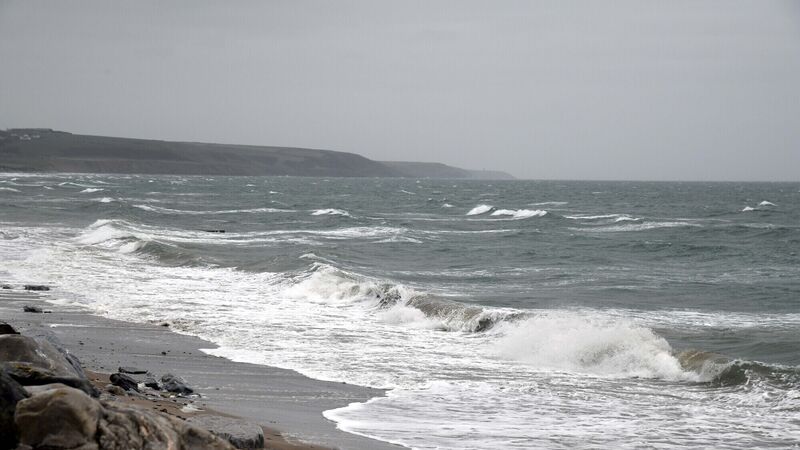Knowing about tides on Cork coast can save lives and ease lifeboat burden

Waves coming ashore at Garryvoe, Co. Cork, as . Picture: Denis Minihane.

Waves coming ashore at Garryvoe, Co. Cork, as . Picture: Denis Minihane.
What knowledge do people have of high and low tides?
In summer weather, with the seaside ‘calling’, swimming being attractive, and more people boating, it is wise to know about tides.
Knowing the depth of water under the hull of a boat is essential to avoid grounding.
Tidal information is also useful for knowing how far to swim out from the shore, for walking along a beach, and for crossing rocks and sandbanks that can be affected by a rapidly incoming tide, Jon Mathers, Crosshaven RNLI press officer, said when the lifeboat was called last week at 7.15pm by Valentia Coast Guard to rescue two people at Ringabella.
“They had been cut off by the tide as they attempted to swim across the bay to Fountainstown,” Mr Mathers said.
“Local kayakers raised the alarm by VHF with the Coast Guard. One of the casualties found themselves in difficulty,” he said in the lifeboat report of the incident
“The rescue rib of Funkytown Adventure Centre overheard the VHF transmissions, responded immediately, and took the casualty from the water.
On scene, the lifeboat crew talked to the casualty and confirmed that she was medically fit and required no further assistance. The rescue rib dropped the casualty back to Fountainstown beach. The second casualty had made their own way ashore.”
James Fegan, lifeboat helm, issued this warning: “Members of the public need to be aware of the times of high and low water before crossing sandbanks.”
Crosshaven Coast Guard was also tasked to help.
That is a large voluntary response to an incident that occurred because of lack of awareness of the effects of tides.
This has also been apparent in calls for help from boats that had run out of fuel, apparently not planning properly for the distance travelled and, when returning to shore, not having allowed for the effects of a tide flow against the boat and consequent extra demand on fuel supply.
Keep up-to-date with the top stories in Cork with our daily newsletter straight to your inbox.
Please click here for our privacy statement.
Have you downloaded your FREE  App?
App?

It's all about Cork!
Add Echolive.ie to your home screen - easy access to Cork news, views, sport and more